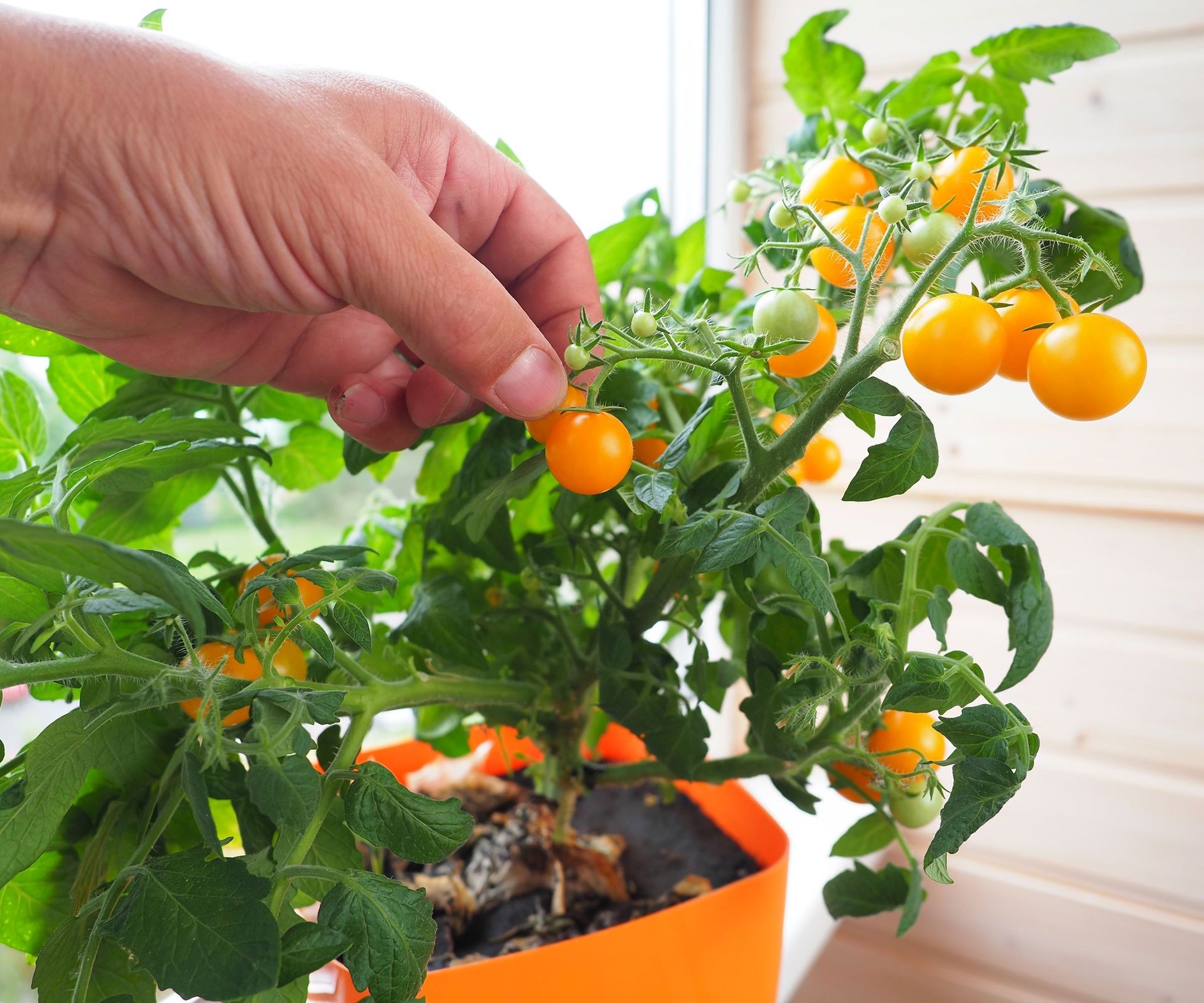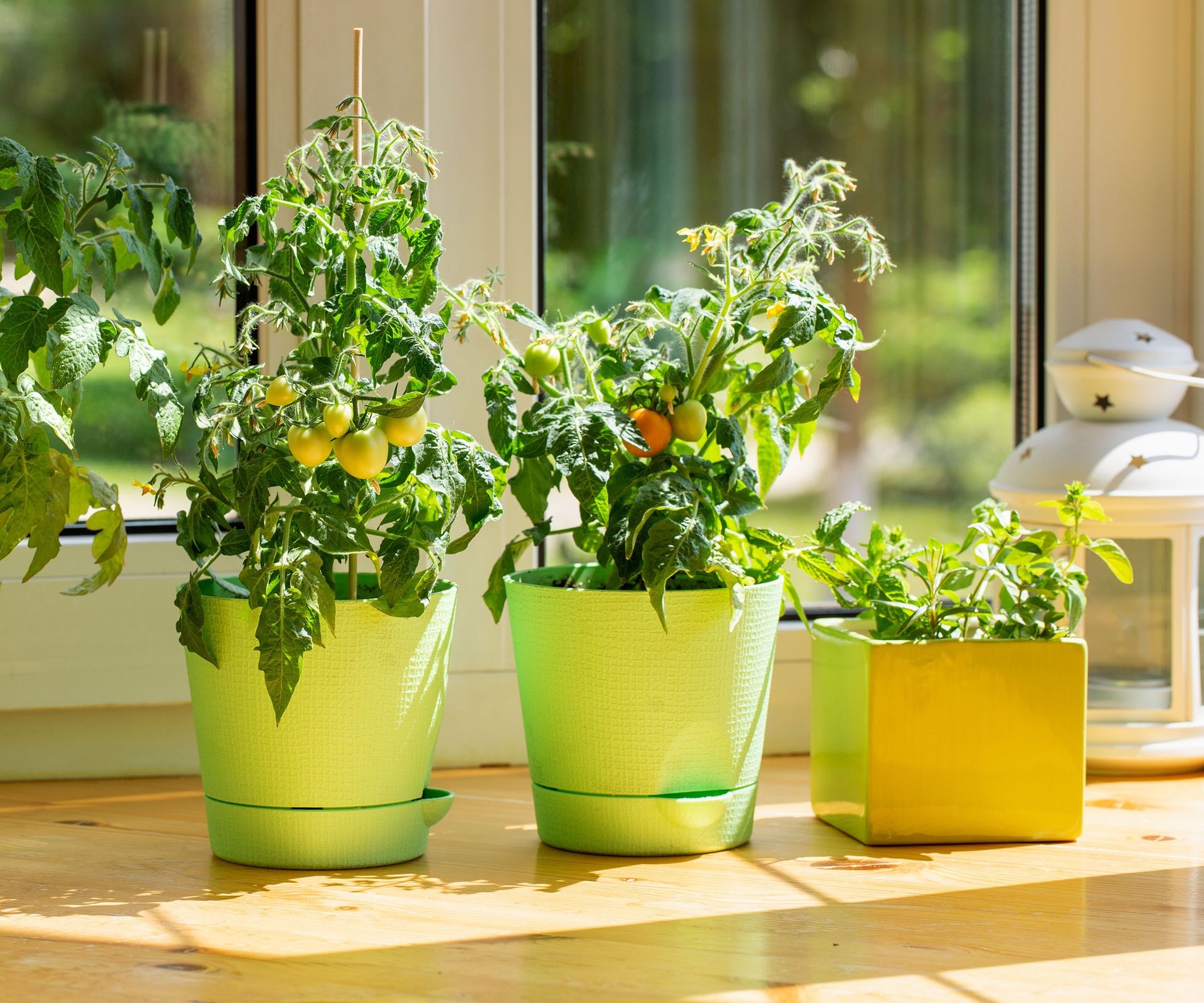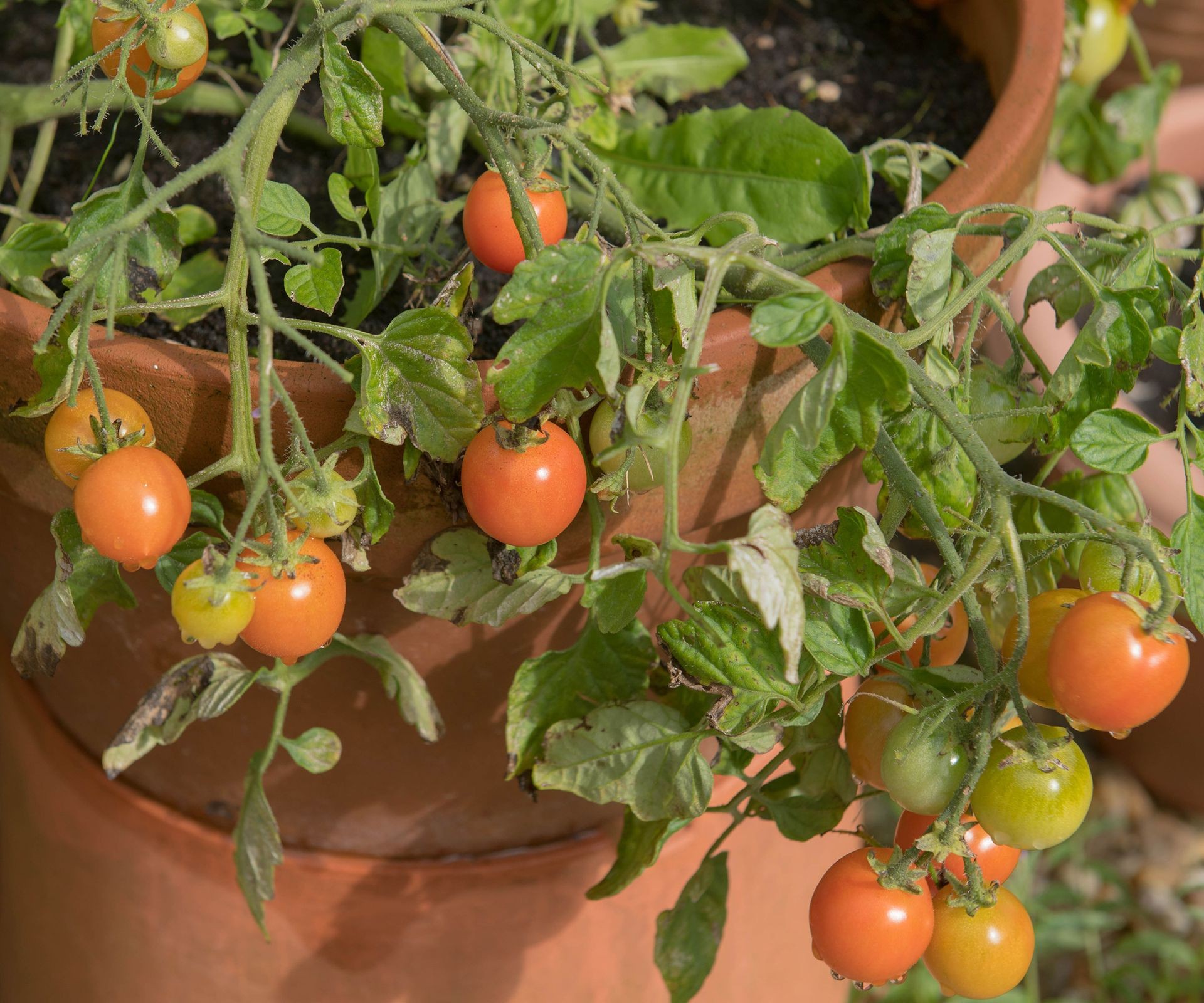No products in the cart.
NEWS
Master the Art of Growing Tomatoes Indoors for a Year-Round Harvest
Tired of saying goodbye to fresh, homegrown tomatoes when the cold weather arrives? What if you could enjoy that sweet, juicy flavor year-round? Growing tomatoes indoors is your answer! While tomatoes typically thrive in warm summer conditions and stop producing as temperatures drop, bringing them inside can trick your plants into a continuous cycle of growth and fruiting.
Here at Biogarden.asia, we understand the passion for fresh produce. We’re dedicated to helping you extend your gardening season far beyond the traditional limits. Whether you’re looking to preserve existing plants or start anew for winter production, cultivating tomatoes within the controlled environment of your home opens up exciting possibilities for a sustained harvest. Let’s explore how you can successfully grow delicious tomatoes right under your roof, ensuring a taste of summer even in the depths of winter.
Why Indoor Tomato Growing Works
Tomatoes are fundamentally perennial plants in their native tropical climates, capable of living and producing for multiple years. The primary factor limiting their lifespan in many gardens is the arrival of cold temperatures. By moving them indoors, you remove this constraint, allowing them to continue their life cycle.
However, simply bringing a plant inside isn’t a magic bullet. The indoor environment presents unique challenges, the most significant being pollination. Out in the garden, wind and buzzing insects handle the job of transferring pollen between flowers. Inside your home, you need to become the chief pollinator. With sufficient light, consistent warmth, and a little human help with pollination, your indoor tomato plants can indeed flourish and produce a bountiful harvest.
 Red cherry tomatoes growing on a healthy indoor plant in a pot.
Red cherry tomatoes growing on a healthy indoor plant in a pot.
Starting Your Indoor Tomato Journey
One of the simplest ways to begin is by starting tomato seeds indoors. Use a quality seed starter mix for optimal germination. Sow seeds about a quarter of an inch (6mm) deep in pots roughly 6 inches (15cm) in diameter.
Keep the soil consistently moist but not waterlogged. Warmth is crucial for germination; a spot on top of a refrigerator is often ideal for providing gentle, consistent heat. You should see seedlings emerge within five to ten days. As soon as they sprout, immediately move the pots to an area receiving plenty of bright light, such as a south-facing windowsill, or under grow lights.
Essential Care for Thriving Indoor Plants
Successful indoor tomato cultivation hinges on providing the right balance of several key elements: light, temperature, humidity, soil, water, nutrients, and physical support. Getting these factors right will lead to healthier, more productive plants.
Container Choice
Selecting the right pot is vital. Opt for unglazed terracotta pots as they breathe well and promote better drainage compared to plastic. While a 14-inch (36cm) diameter container can work, a 20-inch (50cm) pot is significantly better, offering more space for root development, which directly impacts yield. Ensure the container is sturdy and, most importantly, has ample drainage holes at the bottom to prevent root rot caused by standing water.
 Multiple tomato plants growing in pots on a sunny windowsill indoors.
Multiple tomato plants growing in pots on a sunny windowsill indoors.
Light and Temperature
Indoor tomatoes require significant light, ideally 8 hours or more of direct sun per day. A south-facing window is usually the best location. If natural light is insufficient, supplemental grow lights are essential for healthy growth and fruit set. Maintain a consistent room temperature, preferably between 65-75°F (18-24°C) during the day and no lower than 60°F (15°C) at night.
Watering and Feeding
Keep the soil evenly moist, but avoid overwatering. Water thoroughly until water drains from the bottom, then allow the top inch or two of soil to dry slightly before watering again. Indoor plants may require less frequent watering than outdoor plants, but monitor soil moisture regularly. Regular feeding with a balanced liquid fertilizer is also important, especially once the plants begin to flower and fruit, to provide the necessary nutrients for production.
Pollination: The Indoor Challenge
As mentioned earlier, the lack of wind and insects indoors means you’ll need to pollinate the flowers yourself. This is surprisingly simple. When the flowers are fully open, typically in the late morning, gently tap or flick each flower stem with your finger or a pencil. You can also use a small, soft brush (like a clean paintbrush) to gently swirl inside each flower, transferring pollen. Doing this daily when flowers are open significantly increases the chances of fruit development.
Shaping Your Plants: Pruning Tips
Pruning indoor tomato plants helps improve air circulation, directs the plant’s energy towards fruit production on desired branches, and manages overall size. Tomato “suckers” are new shoots that emerge in the crotch between the main stem and a leaf branch. These suckers are purely vegetative growth and won’t produce fruit themselves.
Once your plant has established a good structure of main branches, begin removing suckers, particularly those below the first flower cluster. It’s easiest to pinch them off with your fingers when they are small. If using pruning shears for larger suckers, sterilize the blades first with rubbing alcohol to prevent the potential spread of disease.
Tackling Common Indoor Tomato Problems
While indoor plants are generally less prone to large insect infestations than outdoor ones, you might encounter a few issues. Soil gnats can be a problem in overly wet soil; allowing the soil surface to dry slightly between waterings helps prevent them.
Blossom end rot is a common issue affecting tomatoes regardless of location. This is characterized by a dark, sunken spot on the bottom of the fruit. It’s usually caused by a calcium deficiency in the plant, often due to inconsistent watering rather than a lack of calcium in the soil itself. Ensuring consistent soil moisture and using a calcium-supplemented fertilizer can help prevent this.
 A 'Tumbler' variety tomato plant in a terracotta pot laden with ripening red cherry fruits.
A 'Tumbler' variety tomato plant in a terracotta pot laden with ripening red cherry fruits.
Selecting the Perfect Indoor Varieties
Success with indoor tomatoes relies heavily on choosing the right plant variety. Avoid indeterminate varieties, which are vining plants that grow very large and require substantial support, quickly becoming unruly indoors. Instead, focus on smaller, compact, or dwarf determinate varieties. These plants are bred to stay smaller, making them much more manageable for container growing and easier to harvest.
Extensive research has identified several varieties that perform exceptionally well in indoor conditions. These compact yet productive options are ideal:
- Sweet ‘N Neat Scarlet: An outstanding dwarf cherry tomato variety specifically bred for small spaces like windowsills. Perfect for containers and delivers a beautiful crop of sweet fruit.
- Micro Tom: Believed to be one of the smallest tomato plants you can grow, this tiny ‘tumbling’ variety is surprisingly prolific, yielding many sweet fruits despite its diminutive size.
- Siam: A determinate cherry tomato type developed with container growing in mind. It’s known for producing abundant crops of delicious, bite-sized tomatoes.
Other excellent candidates include: ‘Window Box Roma’, ‘Terenzo’, ‘Lizzano’, ‘Toy Boy’, ‘Red Robin’, ‘Florida Petite’, ‘Tiny Tim’, and ‘Tumbler’. Some hanging or trailing varieties are also available, creating dramatic plants that cascade with fruit. Look for types like ‘Yellow Pear’ (a golden hanging form) or ‘Burpee Basket King’ (a trailing variety with small red fruits).
Conclusion
Growing tomatoes indoors is a rewarding way to extend the joy of fresh, homegrown produce throughout the year. By understanding their basic needs for light, water, nutrients, and a little help with pollination, you can transform a sunny spot or a corner under grow lights into a mini-tomato farm. Choosing compact varieties makes the process even easier and more successful.
Embark on your indoor tomato growing adventure today! Explore the possibilities and enjoy the unparalleled taste of fresh tomatoes, no matter the season. For all your indoor gardening needs, from quality soil mixes to essential nutrients, trust Biogarden.asia to provide the support you need for a thriving indoor garden. Share your successes with us!



